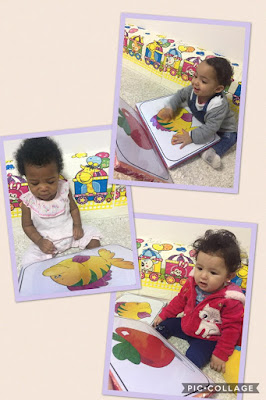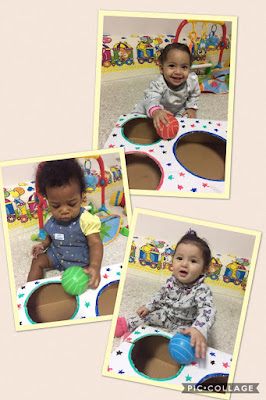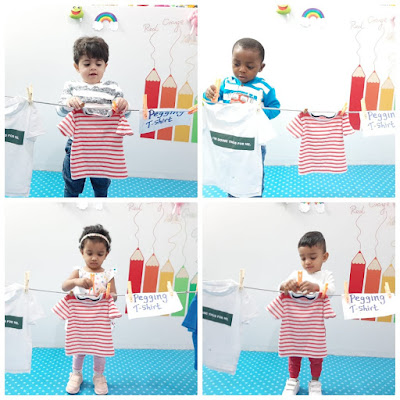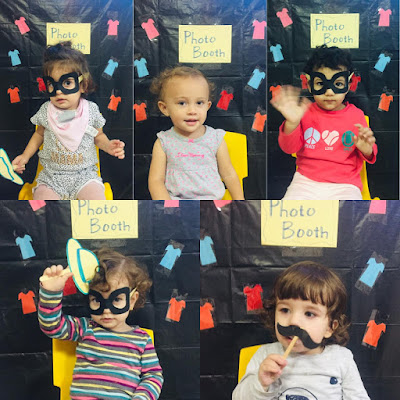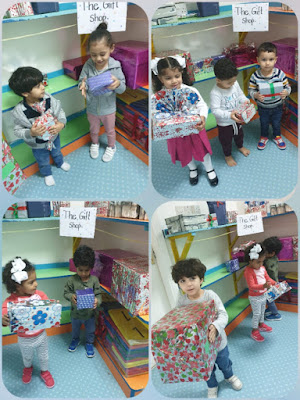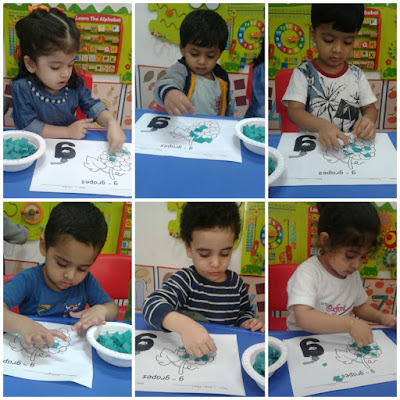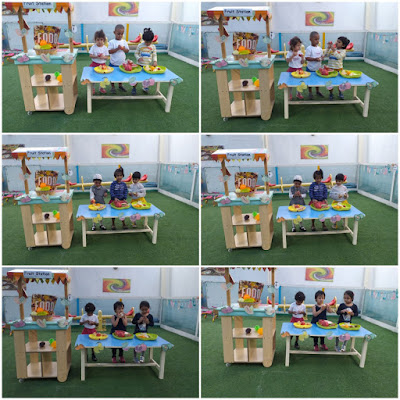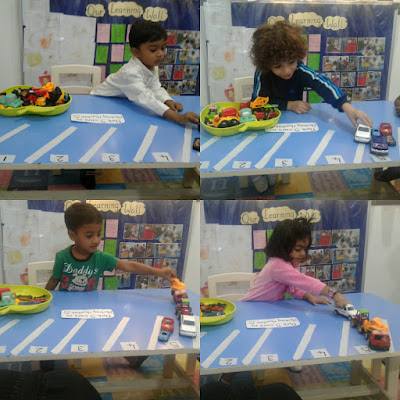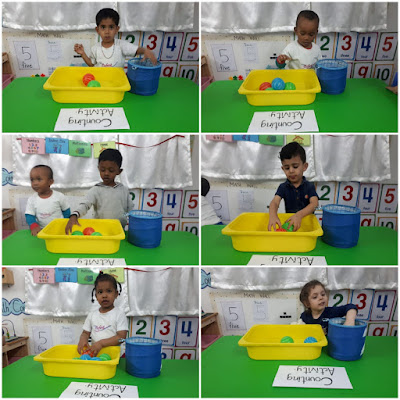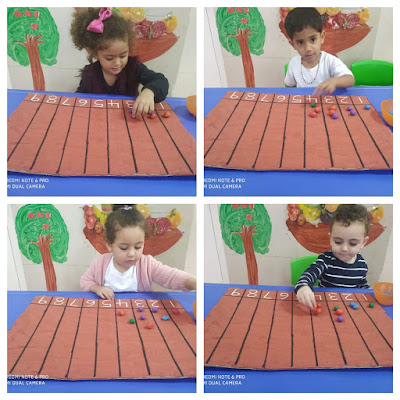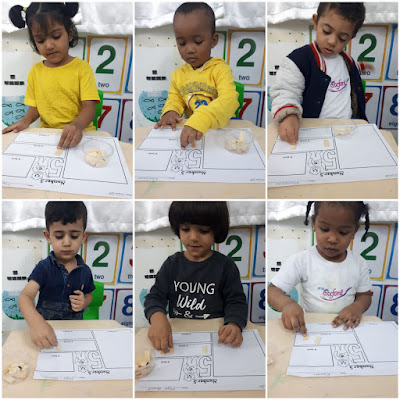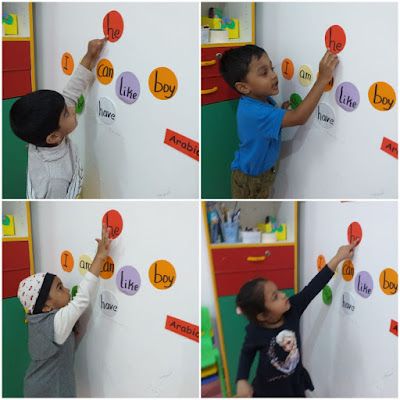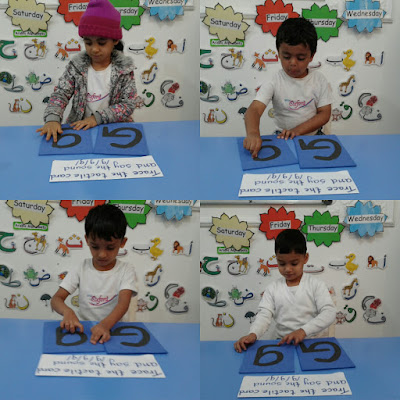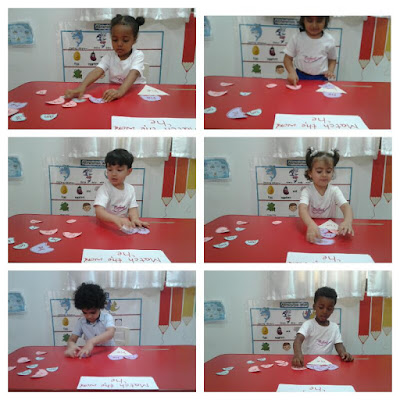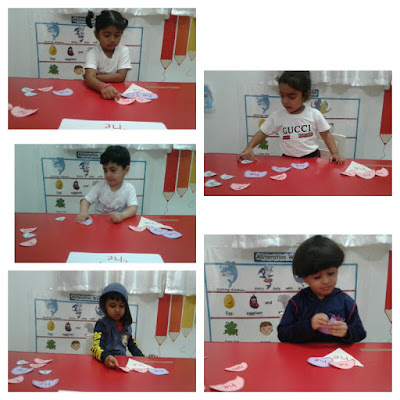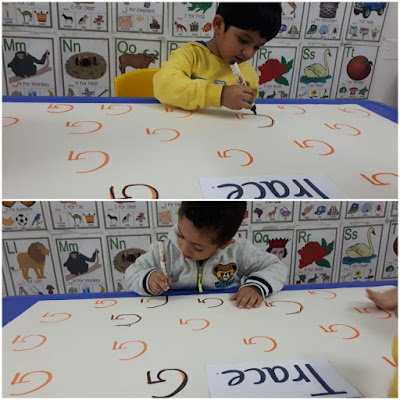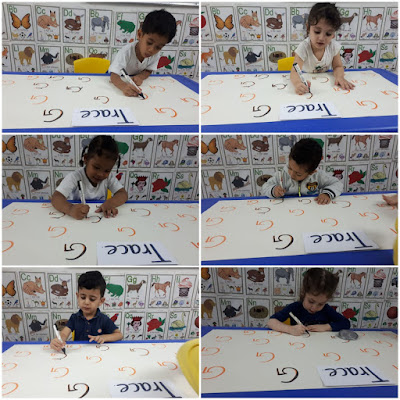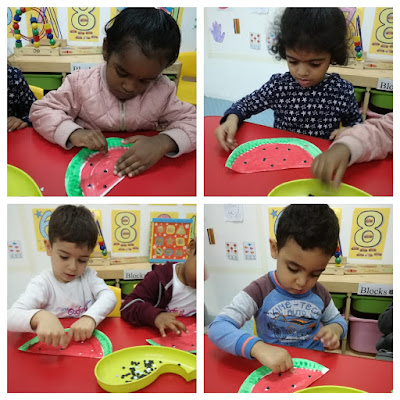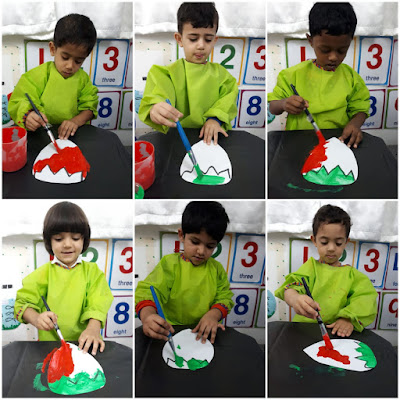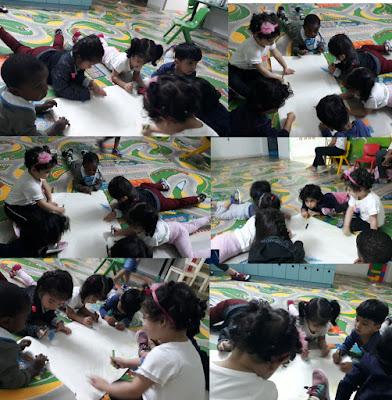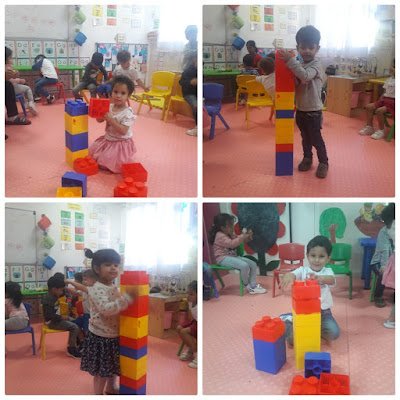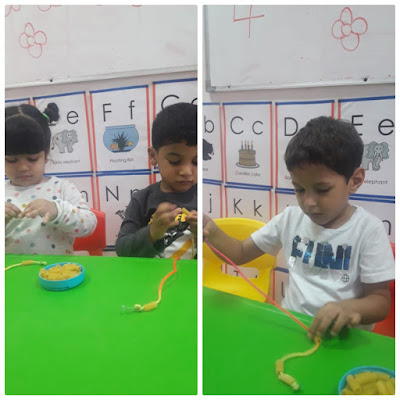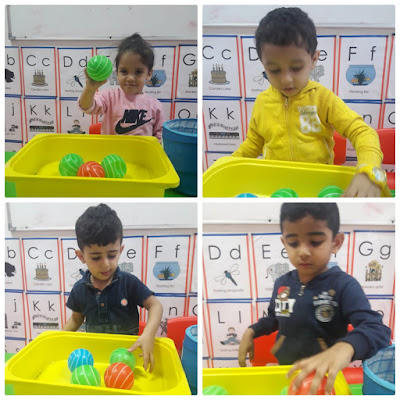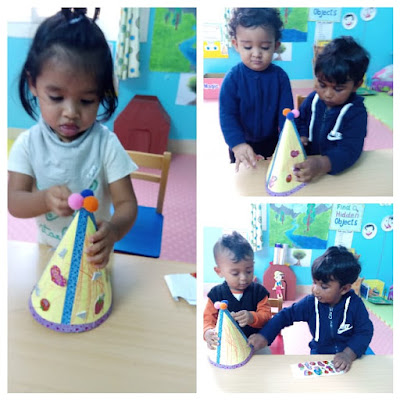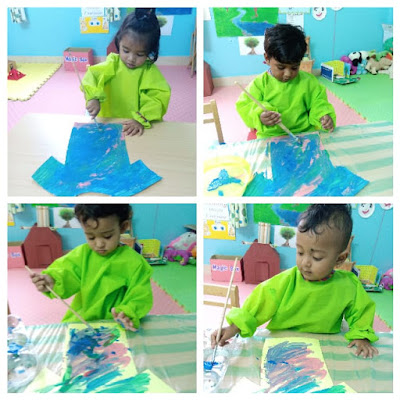SONG OF THE YEAR
UAE National Anthem Song
SONGS OF THE WEEK
Arabic Song
Playgroup II & Foundation Year
خالي عند سبع
اولاد
Babies
Hokey
Pokey Song
PG I
Put On Your Shoes
PG II
Its
Yummy Yummy to my Tummy Tummy
FY
I eat fruit
OUR BABIES
Babies can feel interest, distress, disgust and happiness from birth and can communicate these through facial expressions and body posture. In addition, between ages 2 and 6 months, infants express other feelings such as anger, sadness, surprise, and fear. Between ages 5 and 6 months, babies begin to exhibit stranger anxiety.
However, during this time babies are learning not only how to show their own feelings, but also how to notice others' feelings.
Babies' understanding of others' emotions grow as well. Around age 12 months, babies become aware of not only other people's expressions but also their emotional states, especially distress.
They're beginning to make the connection that expressions match an inside feeling. It's interesting to note some babies begin to exhibit jealousy at the end of this year, around age 12 months.
OUR PLAYGROUP I
Between the ages of 13 and 18 months, separation anxiety may subside as object permanence develops and they understand their caretaker isn't gone even when they can't see them. This is also the point during which babies may also use transitional objects such as stuffed animals or blankets to soothe and comfort themselves when the caretaker is not there.
Toddlers usually enter emotionally rocky time between the ages of 15 to 18 months. During this time, they can be fretful and easily frustrated, and may throw temper tantrums to demonstrate
this emotionality.
Toddlers often come out of those "Terrible Twos" around age 21 months, and become less fretful and more relaxed. Also during this time, toddlers may show signs of self- consciousness when doing certain tasks or trying new situations, looking for caretaker approval.
OUR PLAYGROUP IIs
By age 2, toddlers can show a wide range of emotions and are becoming better at regulating and coping with their emotions. In fact, by this age, toddlers can even fake some emotions in order to get what they want. They know that if they fall and show behaviour of being hurt (even if they aren't), they will get attention.
However, they will often still become upset at situations that disrupt their sense of control or alter their normal routine.
Also around their second birthday, genuine empathy appears. They become capable of recognizing when they've hurt someone somehow, and capable of apologizing.
OUR FOUNDATION YEARs
Even at age 3 or 4, children are very much their own person. They have distinct likes and dislikes, and their personalities are developing more every day. They are getting better at using words to express how they're feeling, which means fewer tantrums. Their mood may still change drastically from one moment to the next, but they are more likely to talk about being angry or sad rather than having a meltdown.
Though the 3 year olds are beginning to understand the emotions they're feeling, they still have very little control over them. If they find something funny, they'll laugh hysterically. If something makes them feel sad or angry, they'll burst into tears.
Empathy also begins to emerge around age 4. Four year olds are starting to understand that others have feelings too, and they can relate when a friend is feeling sad or hurt.
AFTERNOON KIDS CLUB
AL HAMRA NURSERY


